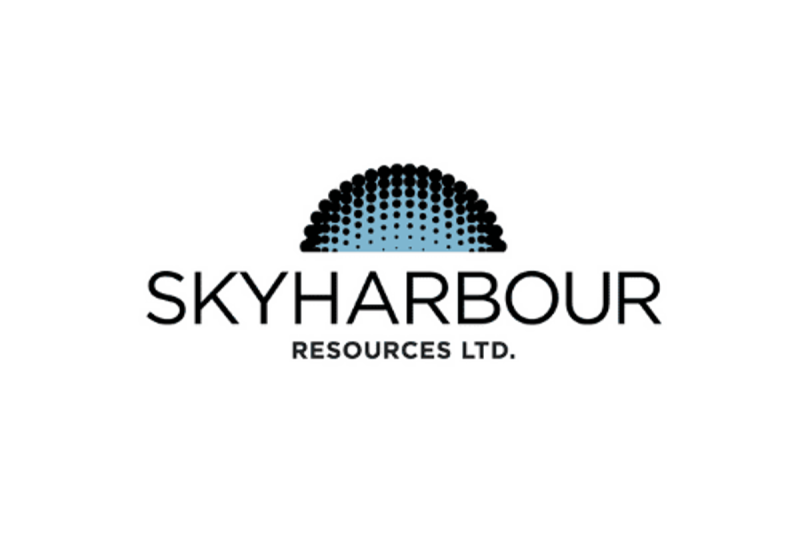Skyharbour Resources Ltd.—a pre-eminent uranium exploration company—is ready to commence an airborne versatile time-domain electromagnetic (VTEM) and magnetic survey at its 100% owned Russell Lake Uranium property based in northern Saskatchewan. This endeavor follows significant recent drilling activities on the outskirts of the Russell Lake Uranium Project in 2024.
The geophysical survey, funded wholly by Skyharbour, will study 4,400 line-kilometers at 300-metre line spacing. The paramount objective is to identify and map conductive trends indicative of potential uranium mineralization and to assess newly discovered and prospective structural corridors in the property. The results of this survey will be fundamental in guiding an upcoming winter drilling program on the project.
The Russell Lake Uranium property spans approximately 58,763 hectares in the eastern Athabasca Basin of Saskatchewan. It shares boundaries with several high-grade uranium deposits, making it a promising location for significant uranium discovery. The Athabasca Basin is known for its high-grade uranium deposits, which have attracted the attention of multiple junior and major mining companies.
So far, Skyharbour has completed 8,000 metres of drilling in 16 holes on the property in its 2024 exploration program. Holes RL20-15 to RL20-21 highlighted anomalous uranium values up to 111 ppm U over 0.5m in RL20-17. Notably, the drilling program identified multiple conductive corridors, with several drill targets remaining untested.
Of particular interest is the geological panel northeast of the Moore Lake Uranium Deposit. Besides anomalous uranium values, the area represents a major, robust conductive trend with possible offshoots that remain to be thoroughly explored. The planned VTEM and magnetic survey will investigate this prospective area, uncovering its potential for further uranium discovery.
Furthermore, a cursory study of bathymetry data from historical surveys suggests that several underwater retrograde faults may occur at the Russell Lake project area. The presence of these geological structures, which can host significant uranium mineralization, is a positive sign for the project’s uranium potential.
Earlier drilling activities also exposed abundant amounts of re-mobilized graphite along with uranium pathfinder elements such as boron, molybdenum, and nickel. Such associations validate the presence of hydrothermal activity, often a precursor to uranium mineralization.
Skyharbour Resources continues to pioneer uranium exploration efforts in northern Saskatchewan, amplifying the productivity of the uranium-rich Athabasca Basin area. Its Russell Lake Uranium Project’s upcoming geophysical survey marks yet another strategic move to uncover new mineral resources and influence a new age of energy production.
In sum, Skyharbour is set to accomplish integral aims of its exploration strategy. The geophysical survey aims to identify crucial trends that may point possible uranium deposits. Furthermore, the results would be predominantly used to guide the forthcoming winter drilling operation. The potential breakthroughs from this systematic approach could not only enhance the company’s project portfolio but significantly impact Canada’s uranium industry, positioning it as a reliable uranium powerhouse.
